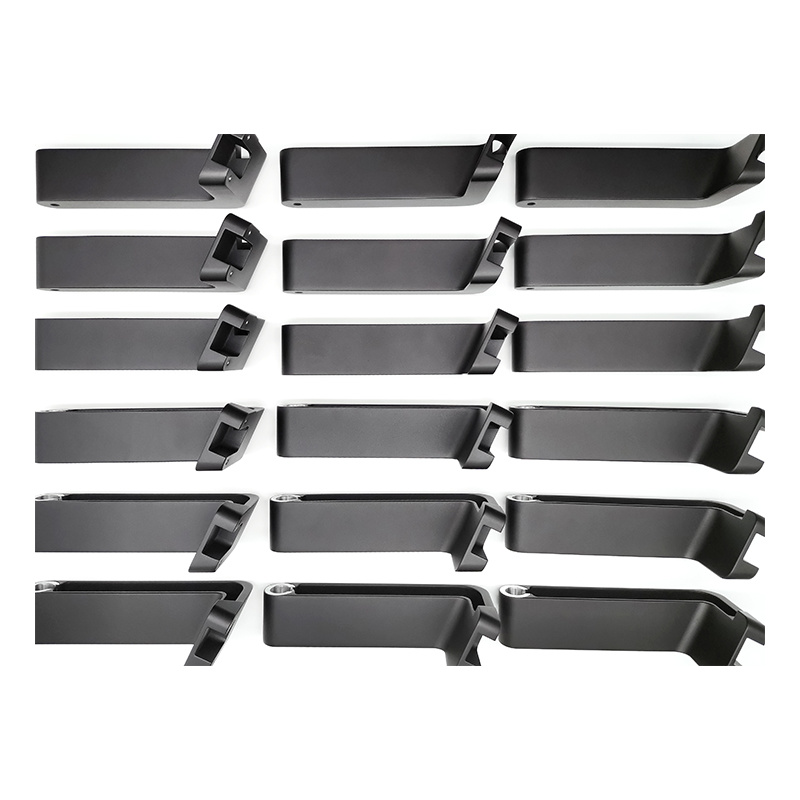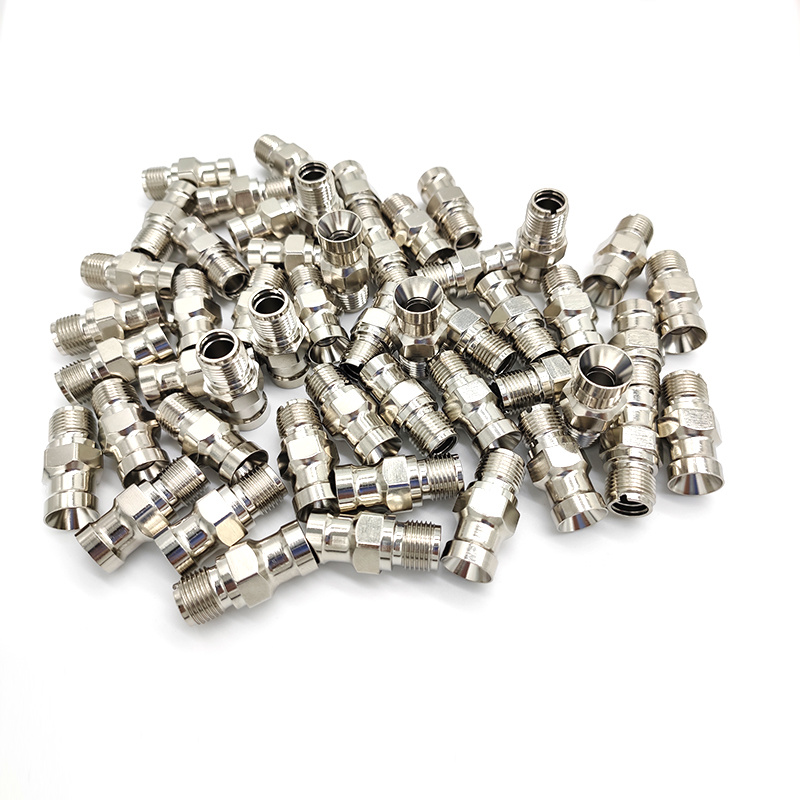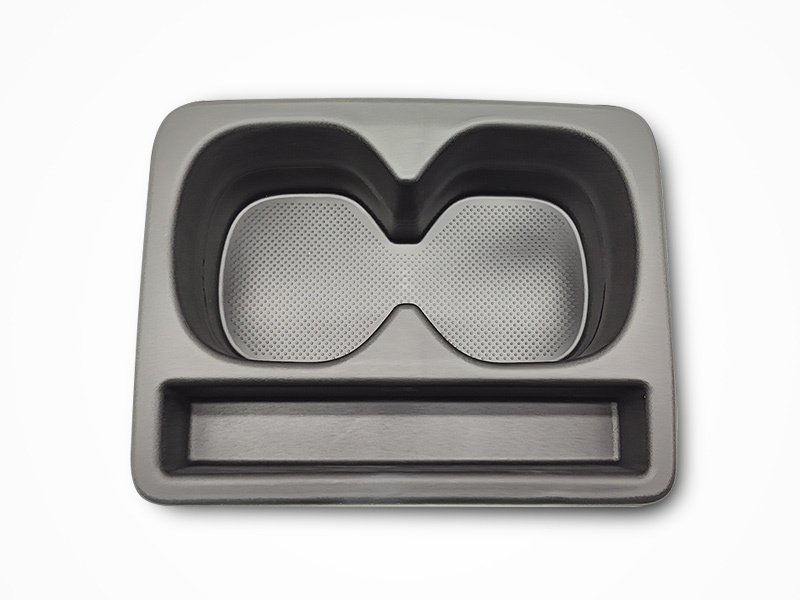Understanding Low Volume Plastic Parts: Key Insights for Manufacturing Professionals
Time:
2025-06-13 09:40
Source:
---
Low volume plastic parts play a crucial role in various industries, serving applications ranging from prototypes to specialized components. For manufacturers in the machinery and mold-making sectors, understanding how to efficiently produce these parts can lead to significant advancements in product development and market responsiveness.
One of the primary advantages of low volume production is the flexibility it offers. Manufacturers can create small quantities of parts without the need for large-scale production runs, allowing for rapid prototyping and testing. This is particularly beneficial for companies looking to innovate or refine their products based on real-world feedback. By utilizing low volume plastic parts, businesses can minimize waste and optimize resources while still meeting customer needs.
There are several production methods available for creating low volume plastic parts, each with its own set of advantages. Injection molding, for instance, is one of the most common techniques used. Despite requiring an initial investment in molds, it can yield high-quality parts with excellent precision. For projects that require even smaller quantities or where rapid iterations are essential, 3D printing has emerged as a popular alternative. This method allows for quick revisions and offers the flexibility to produce complex geometries that traditional mold-making may not accommodate.
When considering production, it’s essential to evaluate material selection. Various types of plastics, such as ABS, polycarbonate, or nylon, offer different properties, including strength, flexibility, and resistance to temperature. Choosing the right material will depend not only on the intended application of the part but also on the manufacturing process being utilized. Collaborating with material experts can help ensure that the selected plastic aligns with the required performance specifications.
Quality assurance is another critical aspect of producing low volume plastic parts. Establishing rigorous testing protocols can help identify potential issues early in the production process. Techniques like dimensional inspection, visual checks, and stress testing should be employed to ensure that the parts meet the desired standards.
In conclusion, low volume plastic parts offer significant benefits for manufacturers looking to innovate and respond quickly to market demands. By understanding the various production methods, selecting appropriate materials, and implementing strict quality control measures, companies can effectively leverage these components to enhance their product offerings. Embracing the potential of low volume production can position businesses for success in a competitive landscape.
Low volume plastic parts play a crucial role in various industries, serving applications ranging from prototypes to specialized components. For manufacturers in the machinery and mold-making sectors, understanding how to efficiently produce these parts can lead to significant advancements in product development and market responsiveness.
One of the primary advantages of low volume production is the flexibility it offers. Manufacturers can create small quantities of parts without the need for large-scale production runs, allowing for rapid prototyping and testing. This is particularly beneficial for companies looking to innovate or refine their products based on real-world feedback. By utilizing low volume plastic parts, businesses can minimize waste and optimize resources while still meeting customer needs.
There are several production methods available for creating low volume plastic parts, each with its own set of advantages. Injection molding, for instance, is one of the most common techniques used. Despite requiring an initial investment in molds, it can yield high-quality parts with excellent precision. For projects that require even smaller quantities or where rapid iterations are essential, 3D printing has emerged as a popular alternative. This method allows for quick revisions and offers the flexibility to produce complex geometries that traditional mold-making may not accommodate.
When considering production, it’s essential to evaluate material selection. Various types of plastics, such as ABS, polycarbonate, or nylon, offer different properties, including strength, flexibility, and resistance to temperature. Choosing the right material will depend not only on the intended application of the part but also on the manufacturing process being utilized. Collaborating with material experts can help ensure that the selected plastic aligns with the required performance specifications.
Quality assurance is another critical aspect of producing low volume plastic parts. Establishing rigorous testing protocols can help identify potential issues early in the production process. Techniques like dimensional inspection, visual checks, and stress testing should be employed to ensure that the parts meet the desired standards.
In conclusion, low volume plastic parts offer significant benefits for manufacturers looking to innovate and respond quickly to market demands. By understanding the various production methods, selecting appropriate materials, and implementing strict quality control measures, companies can effectively leverage these components to enhance their product offerings. Embracing the potential of low volume production can position businesses for success in a competitive landscape.
low volume plastic parts
Previous Page
Previous Page
Related news
2024-11-15








